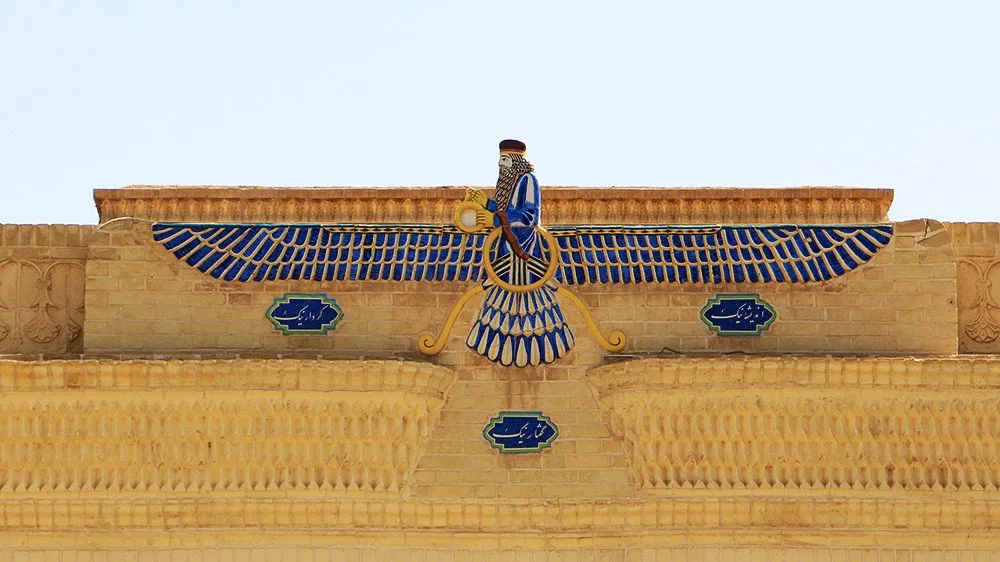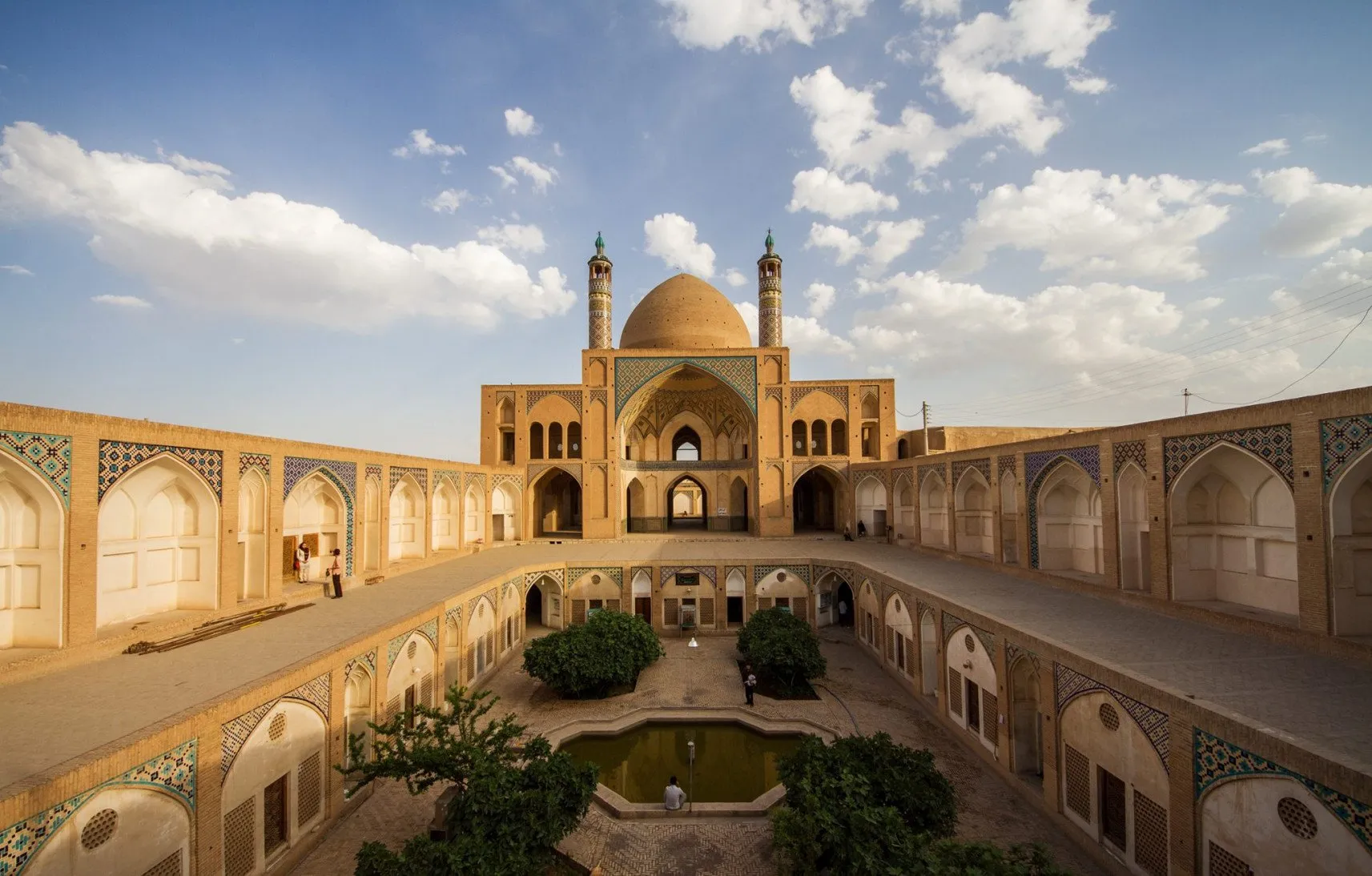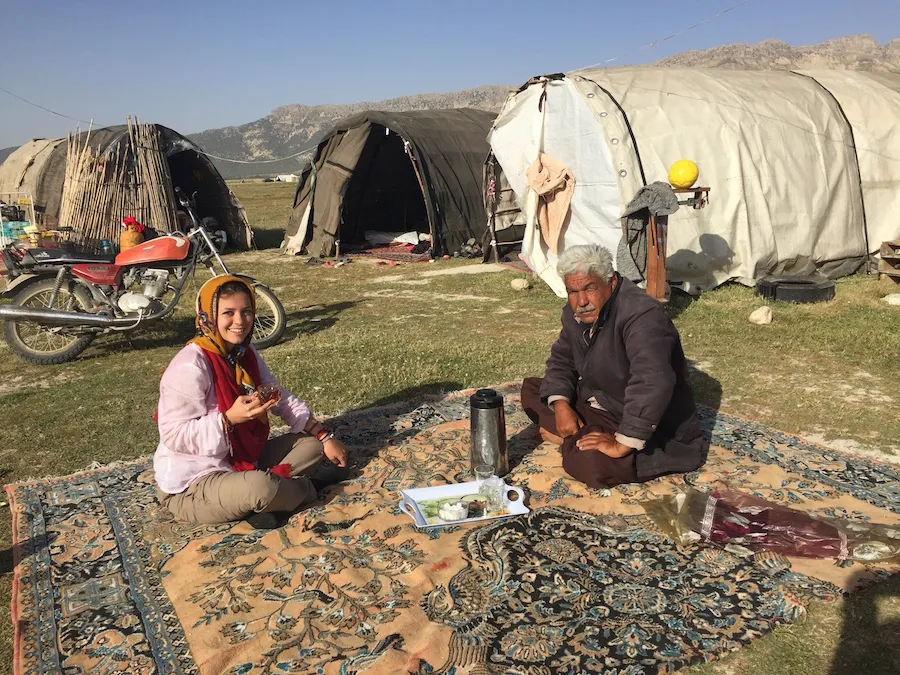Apart from historical and cultural monuments that are a source of national pride for the people of their country and also a heritage for the whole world, there are also intangible heritages that shape the cultural world just as great as the former. Thus, the United Nations Educational, Scientific and Cultural Organization (UNESCO) has a list of Intangible cultural heritages that are important for the whole world, and we can say that they shape us all in one way or the other. For centuries people have developed their cultures, performed their rituals, and took pride in what they have been and who they are now. We walk on Persian carpets, we listen to Iranian music, we eat flatbread everyday. These “intangible” heritages shape our Iranian identities, maybe even more than the so-called tangible ones. We may not visit Persepolis everyday, but live with these heritages on a daily basis.
Many countries are participants of that list and Iran is also one of them. Here on this blog, I am going to talk about these intangible heritages of Iran listed in UNESCO, introduce them to you and tell you why they are important. For the “tangible” list, head over here to learn Iran’s amazing natural and cultural wonders.
1. Radif; Iranian Traditional Music Revived (2009)
Radif means order in the Persian language, and in the case of music Radif is a collection of old melodic figures passed down from one generation to another through a very long course of time. This actually has been the way Persian music has lived and survived for a very long time.
In ancient Iran, music was an essential part of everyday life and thus the culture. It was divided into three sections of ritual, lyrical and martial music. It is also remarkable to note that in ancient Iran, at the time of the Achaemenid and Sassanid empires, in the Persian alphabet there were at first 160 and later 360 musical letters, which were called Vish-Dabireh. Ancient Iranians had enough letters and notes to be able to convey all the sounds of nature and create numerous different musical tunes.
However, not many of that remains today. Music has had its ups and downs in Iran; from a very high position in ancient Iran, it has come all the way down to be forbidden for many years and even centuries. This is why Radif was practiced and survived the way it did. Never written down for obvious reasons, each Master taught his students what he knew, and the students did the same. Overtime creative additions joined the already existing Radifs. Finally, by the end of the 19th and the beginning of the 20th century, these tonal and tonal spaces (Radifs) were written down or recorded and preserved as a cultural heritage among Iranians.
2. Kashan Carpet Weaving; Elegance and Creativity Hand in Hand (2010)
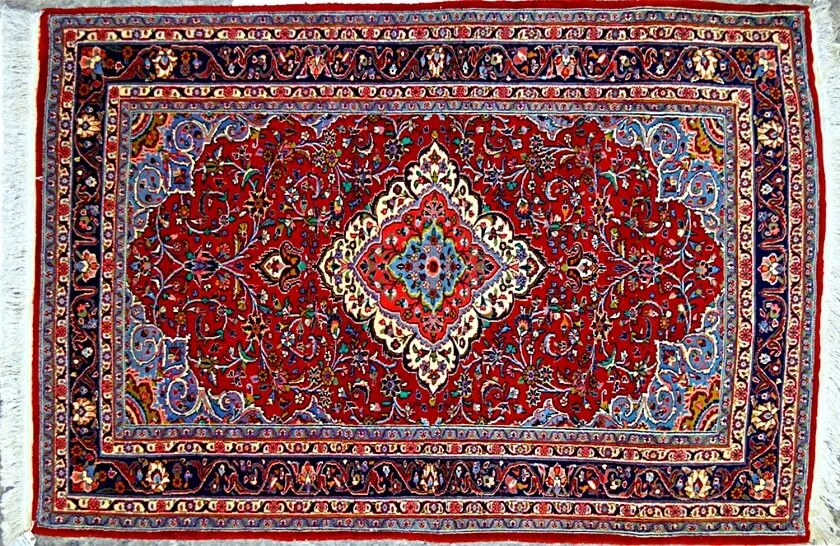
Weaving carpets have a long history and background in Iran. People of Iran have weaved carpets for centuries and developed their work to a state of art unattainable by any other country in the whole world. Each city has its own style of weaving carpets, but the importance of Persian carpets for Iranians is always the same.
Carpet weaving has been for centuries the job of 1/3 of the population of the city of Kashan. Throughout many years of practice, Kashi people have developed their own style of carpet weaving and altered what used to be a job into an art.
One interesting fact worthy to notice is that most of the carpet weavers of Kashan are women. The Kashan carpet is elegantly weaved, to the extent that the back of the carpet has impressive knots as the front. The colors used in the process of weaving to color the wool are all-natural, from madder to walnut shell, from the leaves of the grape trees to pomegranate’s skin. As a work in progress through generations, Kashi parents had taught their children the art of weaving as they knew and this chain has worked for ages and is still in progress.
3. Fars Carpet Weaving; Nomadic Women’s Art (2010)
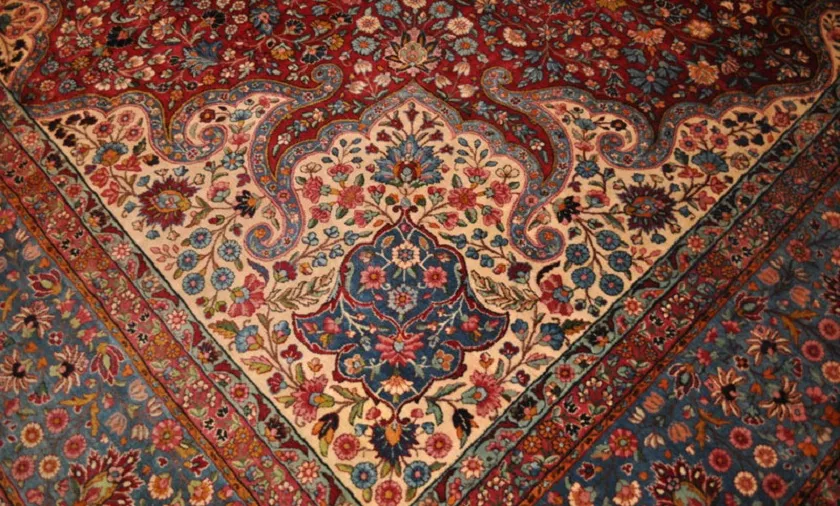
Fars as a southern province in Iran has been the home to the Nomads of Iran. The largest Nomad of Iran, the Qashqai tribe is one of them. Carpet weaving has been for centuries one of the professions of the women of the tribe. Although each tribe has its own ways of weaving carpets and different styles and designs in carpets, they share some initial steps. For weaving the nomads usually use horizontal looms that are placed on the ground, which can be easily dismantled and then assembled again in case of seasonal migrations.
The most commonly used material in this part is wool coming from the sheep cattle these tribes usually possess. The women of these tribes are considered to be artists, for designing and weaving practical yet beautiful carpets for their own use and also for selling, being an important factor in the life of their tribe.
The district of Khorasan is located in the northeast of Iran. Apart from its native Khorasani residents, it is home to a large number of Turk and Kurd immigrants. Mostly living in the northern part of Khorasan, these former immigrants have brought their own culture and traditions with themselves. One of these traditions highly practiced is their music which is divided into three parts of Asheghha, Bakhshiha, and Lutiha. The Asheghha (the Lovers) is the oldest among these three groups. They use musical instruments such as Kamancheh, Sorna, Dohol, and Dayereh, all of which are among the oldest Iranian musical instruments. The Lutiha were the messengers of the country back in the days as they used their musical instruments and sang in the streets to announce important news. Last but not least are the Bakhshiha.
The name Bakhshi comes originally from the Turkish word Baqish which refers to someone who has been blessed by someone else, usually God. In order for one to be a Bakhshi they need certain qualities and achievements, not everyone can be a Bakhshi. The musical instrument they use mostly is Dotar, itself an intangible world heritage of Iran. A Bakhshi must be able to make his own instrument, play it, and play the songs he has written himself accompanied by the lyrics he has written down himself.
The music of the Bakhshi people of Khorasan is a representative of their nomadic history, culture, social and religious values. Bakhshis are believed to be blessed by God, and that is why they are able to do their work.
5. Zoorkhaneh; Heroism at the Heart of People (2010)
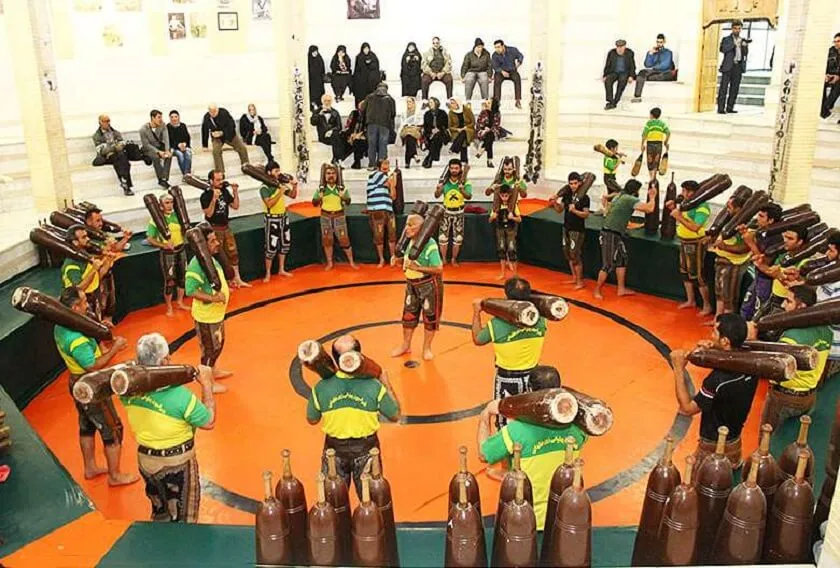
Zoorkhaneh is a place, you can imagine it as a gym. The first Zoorkhaneh was built by the great Iranian hero Pooriya-ye-Vali about 700 years ago, although the origin of the exercises and practices alongside the beliefs and traditions held really high by those champions and athletes have a very much longer history behind and they date back to the ancient times in Iran. Heroes or champions, mostly men, would gather in Zoorkhaneh and using various instruments they would perform the first bodybuilding exercises known to the world. Led by a Morshed (a Master) singing martial poetry mostly from Ferdowsi’s Shahnameh in praise of bravery and being humble, they perform the exercises that are also considered to be a beautiful performance to watch.
Zoorkhaneh itself as a gym has some special characteristics that contribute to the sacred image of the championship and its qualities among people. Zoorkhaneh has a small door. When you want to enter the place from that door you need to bow down and it is a sign of respect. The ceiling is built in the shape of the ceilings of the mosques. And the place in which the exercises are performed is 70 centimeters lower than the other areas so that the athletes are placed lower than the others not to forget that they should be in service of people not above them. Also in this way, they could be seen easier as the audience usually sits around this platform in circles.
6. Ta’zieh, Persian Passion Play (2010)
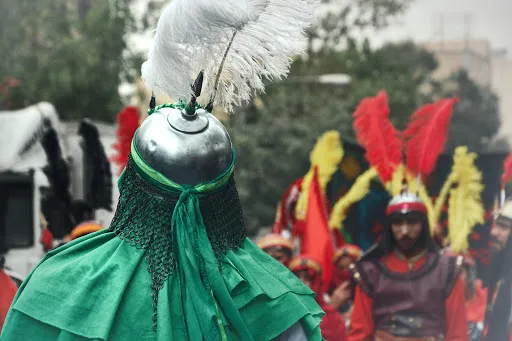
Ta’ziyeh is a passion play, a condolence theatre. The name derives from the root Aza which means mourning. A Shi’ite, Muslim tradition these passion plays in Iran evolve around the tragic death of the third Imam of Shi’as, Hussain and his family and companions.
They usually tell the story of the 10 day period in which Imam Hussain and his companions were martyred by their enemy. As of today, we know of 250 Ta’ziyeh pieces which were collected by an Italian ambassador to Iran named Cherulli; a document which can be found in the Vatican Library. During the 10 day period which mark the first 10 days of Muharram month in the Arabic calendar, Tazi’yeh is performed both on the street corners and in theatres throughout Iran.
7. Naghali; Iranian Performative Story-telling (2011)
Naghali can be considered as one of the oldest ways of story-telling in which the old legends and stories of Iran are told.
The name Naghali comes from the word Naghl in Persian which means to tell. Naghals are the storytellers who know the stories, mostly in the form of poetry, by heart. They have huge canvases on which they have pictured old legends and heroes. They will hold the canvas and start telling the stories to the public. In the older days, Naghali was done everywhere in the bazaars and tea houses and even on the street corners. However, nowadays they are performed on special occasions and in theatres. The poetry used by the Naghals is usually the poems by the legendary Iranian epic poet Ferdowsi.
8. Iranian Lenj; the Traditional Boat-Making (2011)
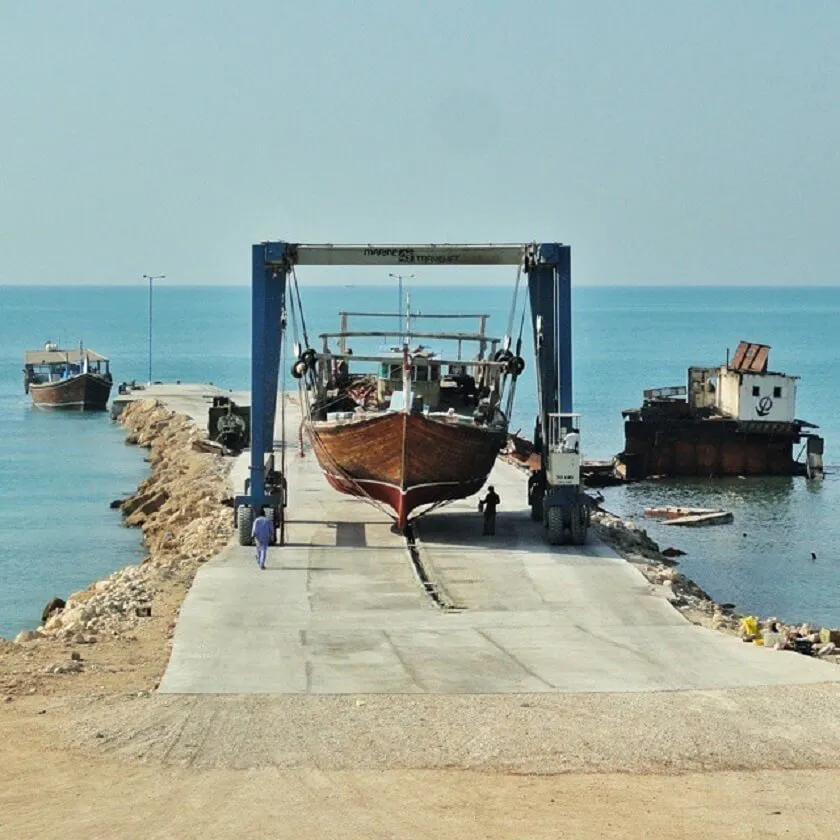
The word Lenj comes from the English word launch and refers to open motorboats. People of the southern part of Iran which borders the Persian Gulf and the Sea of Oman has made Lenjes out of wood for fishing mostly through a very long course time. It has enabled them to make motorboats with special qualities for different purposes, as we have up to ten types of Lenjes nowadays. The style of making these boats and their various uses is a part of the southern people of Iran’s tradition and has been recognized as an intangible world heritage as they are unique.
9. Qalishooyan Rituals; Combination of Beliefs and Traditions (2012)
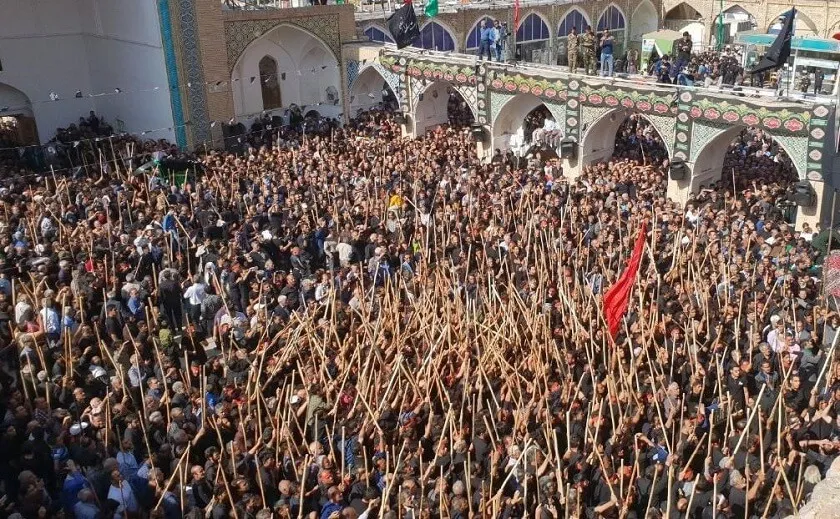
The traditional ethic of Qalishooyan (carpet washers) is the only religious tradition held according to the solar calendar. On the second Friday of the month of Mehr, the first month of the autumn, people of Fin in Kashan and Khaveh Ardehal would gather in Mashhad-e-Ardehal with long wooden sticks that are usually used to wash carpets in the old fashioned way. They held their sticks high as they are all wearing black and they mourn the death of one of the descendants of the prophet of Islam.
10. Lavash; a Precious Bread (2016)
A soft, thin, unleavened flatbread made in a tandoor is one common intangible world heritage between Iran and some other countries. In Iran, it is mostly called Lavash bread. This kind of bread is baked widely in Iran. Iranians value bread a lot and most of their food is accompanied by bread.
It is not wrong to say that bread as a representation of nature’s favors to humans and an important, very rich food item is sacred for Iranians. Even today, if a piece of bread falls down on the earth Iranians would retrieve it carefully, clean it and sometimes plant a small kiss on it and place it somewhere not to be ruined.
11. Nowruz; the Glory of New Year and Spring (2016)
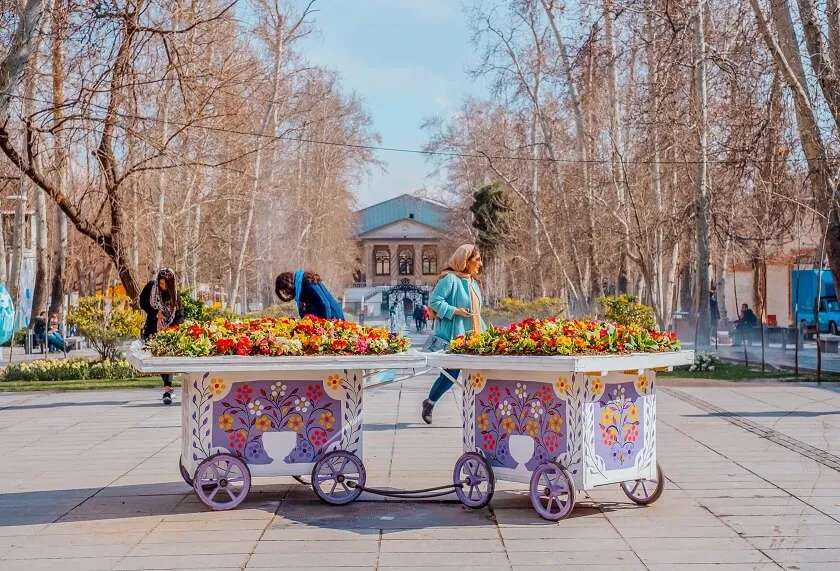
12. Kamancheh; a Gift from the Past (2017)
A musical instrument widely used in the classical music of Iran, Kamancheh is essentially the Iranian bowed string instrument played with a variable tension bow. Kamancheh has its ancestors in the Byzantine era with Rebab and together they are the ancestors of Violin.
Many influential and masters of traditional and classical music of Iran play Kamancheh and stand as the number-one players all over the globe. The most famous one is Kayhan Kalhor, the recipient of Grammy awards.
13. Chogan; World’s Oldest Team Sport (2017)
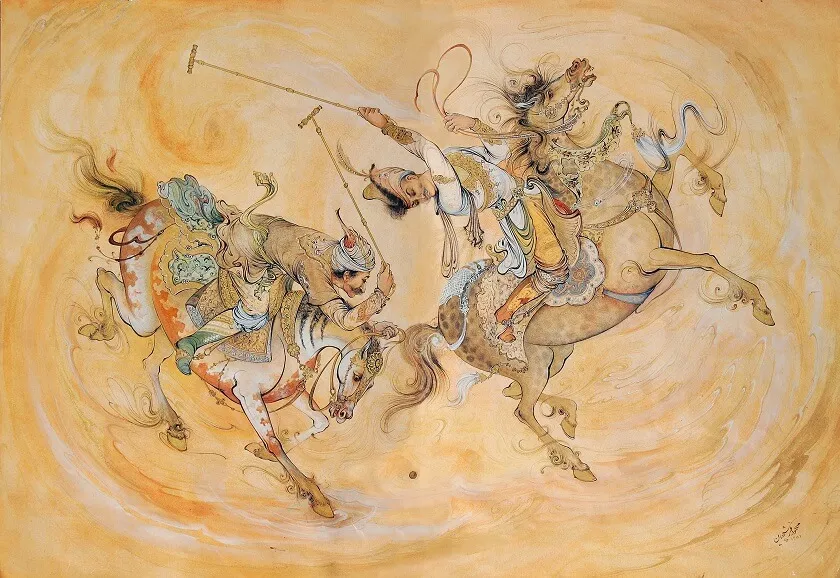
Chogan is one of the oldest team sports in the world. It is called Polo worldwide and is played among nations. The horse back-mounted team sport was first played in Persia (nowadays Iran) from the 6th century BC to the 1st century AD.
Formerly it has been a training game for cavalry units and the king’s squad would play against the elite troops. Chogan carries the nickname of the sport of kings and is a source of national pride for Iranians. While playing various acts of story-telling and playing different kinds of music were held.
14. Dotar; Sufis’ Instrument (2019)
One of the oldest musical instruments of the world is the Iranian Dotar which needs to be distinguished from the Afghanistani Dotar. The name Dotar comes from the Persian word for two strings and indicates the shape and look of the instrument. This is where the instrument’s difference with the Harati Dotar ( Dotar of Afghanistan) is made clear as the Harati Dotar has four strings. A common instrument for the Sufis and Bakhshis, it is an instrument that helps the thinkers and artists convey their thoughts, feelings, and teachings.
Iran; Cradle of Civilization
Iran is an ancient country with old systems of beliefs, traditions, customs and cultural norms and conventions that have shaped the country and its people to what they are now. Many wars and invasions have happened but the culture has stood so strong that it has absorbed the good among the bad and moved on to be an example for humanity. There are many other cultural aspects that Iranians value and practice that will surely be added to this list in years to come.
